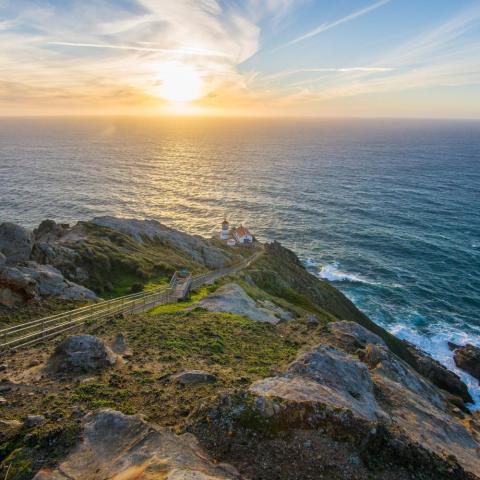A campfire ban will take effect Saturday for Olympic National Park and the Olympic National Forest in Washington state due to rising temperatures and increasingly dry conditions.
All backcountry and dispersed area campfires, charcoal grills, and other equipment that creates ash will not be allowed. Gas or propane camp stoves with a shut-off valve or lever that extinguishes the flame immediately are permitted in these areas. These stoves should be operated far from flammable vegetation and forest litter. Extreme caution is urged when using any open flame.
“Abnormally dry and drought-like conditions have lingered over portions of the peninsula for the past several years. This is leading to live vegetation being in a state of stress and dead vegetation is quick to react to localized weather patterns, like the recent heat dome,” said Jeff Bortner, the fire management officer for Olympic Interagency Fire Management. “These changes line up to quick changes in fire danger. Places like the Quinault, Hoh, and coastal beaches are especially sensitive to prolonged dry periods and drought as they have not evolved to survive in a moisture deficit.”
Visitors can prevent avoidable wildfires by following these fire and safety tips:
Check Current Fire Restrictions
Fire conditions are subject to change quickly. Always check with the appropriate land management agency before starting a fire. For updated fire restriction information, visit:
Olympic National Park www.nps.gov/olym
Olympic National Forest www.fs.usda.gov/olympic
Washington State Department of Natural Resources https://fortress.wa.gov/dnr/protection/firedanger/
Keep Campfires Small
A campfire is less likely to escape control if it is kept small. A large fire may cast hot embers long distances. Add firewood in small amounts as existing material is consumed.
Select The Right Spot For Your Campfire
Where campfires are allowed, choose a site with an existing campfire ring. Fire pits in established campgrounds are the best spots.
Follow Leave No Trace Principles To Minimize Campfire Impacts
Extinguish all campfires before leaving – even if gone for a short period of time. If it is too hot to touch, it is too hot to leave. Bring a shovel and a bucket of water to extinguish any escaped embers. When you are ready to leave, drown all embers with water, stir the coals, and drown again. Repeat until the fire is DEAD out.
Attend Your Campfire At All Times
A campfire left unattended for even a few minutes can grow into a costly, damaging wildfire. Stay with your campfire from start to finish, as required by law. This ensures any escaped sparks or embers can be extinguished quickly. Call 911 to report the illegal use of fireworks or unsafe fire use. Additional campfire and wildfire safety information can be found at https://smokeybear.com/.
To view the list of campgrounds where campfires are allowed in the Olympic National Forest, visit: Olympic National Forest - Camping & Cabins (usda.gov)
To view the list of campgrounds where campfires are allowed in Olympic National Park, visit: Camping - Olympic National Park (U.S. National Park Service) (nps.gov)




 Support Essential Coverage of Essential Places
Support Essential Coverage of Essential Places






